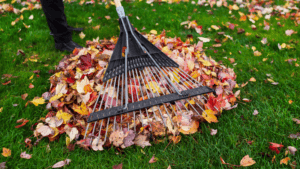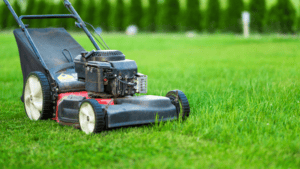As the weather warms up and the grass starts to grow, it’s time to dust off those lawnmowers and get to work on your spring lawn care routine. One of the most crucial tasks in maintaining a healthy lawn is proper mowing. So, let’s dive into some best practices for spring lawn mowing that will help promote lush growth and a vibrant green lawn.
Timing is Everything
When it comes to spring lawn mowing, timing is key. As the temperatures rise and the grass begins to grow more rapidly, it’s essential to stay on top of your mowing schedule. Aim to mow your lawn when the grass is dry to prevent clumping and ensure a clean, even cut. Avoid mowing in the heat of the day to minimize stress on your grass and yourself!
Mind Your Mower Height
One of the biggest mistakes homeowners make when mowing their lawn is cutting the grass too short. While it may seem like a time-saving measure, mowing your lawn too short can actually do more harm than good. Instead, aim to keep your mower height set to around 2.5 to 3 inches during the spring months. This allows your grass to develop deeper roots and better withstand drought and stress.
Practice the One-Third Rule
When it comes to how much grass to remove during each mowing session, it’s essential to follow the one-third rule. This means never cutting more than one-third of the grass blade length at a time. By adhering to this rule, you’ll avoid stressing your lawn and encourage healthier growth. Plus, you’ll minimize the risk of thatch buildup, which can choke out your grass and hinder its growth.
Keep Those Blades Sharp
Sharp mower blades are essential for a clean, healthy cut that promotes growth. Dull blades tear the grass instead of cleanly cutting it, leading to jagged edges that are more susceptible to disease and stress. Make sure to sharpen your mower blades regularly throughout the mowing season, especially in the spring when grass growth is at its peak.
Alternate Your Mowing Patterns
Finally, don’t forget to switch up your mowing patterns from time to time. Mowing in the same direction every time can lead to compaction and ruts in your lawn. By alternating your mowing patterns, you’ll encourage more upright growth and reduce the risk of soil compaction. Plus, it’ll give your lawn that classic striped look that’s sure to impress the neighbors!
By timing your mowing sessions right, minding your mower height, following the one-third rule, keeping your blades sharp, and alternating your mowing patterns, you’ll be well on your way to lawn care success this spring!



